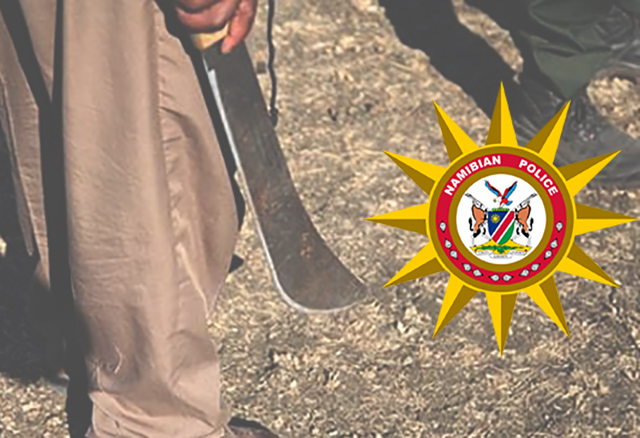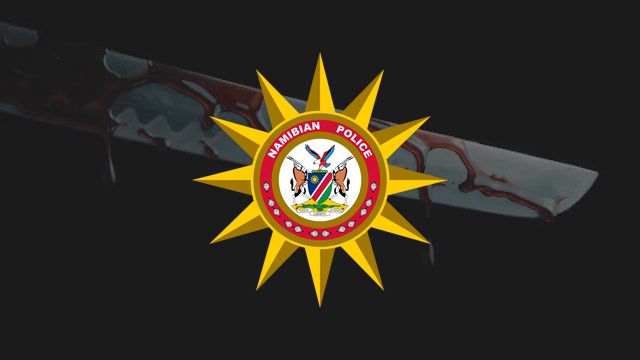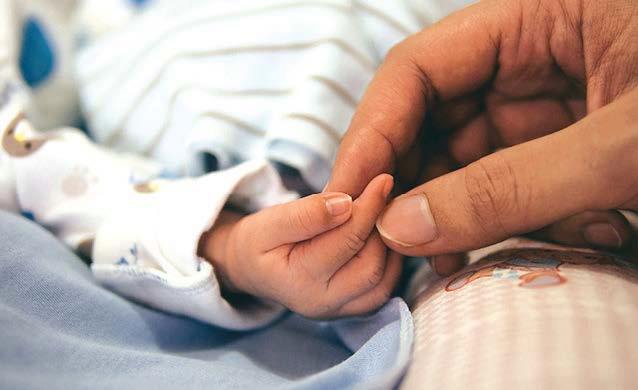THE prices of Namibian karakul pelts auctioned in Denmark on Thursday dropped by 24 per cent compared to the April auction, Agra has announced.
“A total of 99,5 per cent of the 55 826 Swakara pelts on offer at the Copenhagen auction were sold at an average price of Danish Krone 264,64. This is a decrease of 24,1 per cent compared to the average price of DKK 348,71 was achieved in April 2007,” Birgit Hoffmann of Agra said on Friday afternoon.”The decline in price can mainly be attributed to the curl types and lower quality types of skin on offer.This tendency is also noticed amongst other types of fur, where buyers clearly distinguish between poor and good quality in terms of pricing,” Hoffmann added.A warm winter in Europe and other fur-wearing countries also contributed towards fashion houses having higher stock levels and they are therefore less prepared to purchase now at expensive prices, she said in a statement.The pre-auction inspection was well attended by 27 potential buyers, of which 21 were successful with their bids.Most pelts were bought by London-based agents, with Japan and Germany being second and third.A Japanese buyer purchased the largest number of pelts for a single company in Japan.The next auction will take place in Copenhagen in April 2008.The karakul industry in Namibia is celebrating its centenary this month.The main events will take place in Keetmanshoop next week.In 1907, the German colonial government imported seven karakul sheep – two rams and five ewes – into then South West Africa.The animals came from Bukhara in Uzbekistan.This is a decrease of 24,1 per cent compared to the average price of DKK 348,71 was achieved in April 2007,” Birgit Hoffmann of Agra said on Friday afternoon.”The decline in price can mainly be attributed to the curl types and lower quality types of skin on offer.This tendency is also noticed amongst other types of fur, where buyers clearly distinguish between poor and good quality in terms of pricing,” Hoffmann added.A warm winter in Europe and other fur-wearing countries also contributed towards fashion houses having higher stock levels and they are therefore less prepared to purchase now at expensive prices, she said in a statement.The pre-auction inspection was well attended by 27 potential buyers, of which 21 were successful with their bids.Most pelts were bought by London-based agents, with Japan and Germany being second and third.A Japanese buyer purchased the largest number of pelts for a single company in Japan.The next auction will take place in Copenhagen in April 2008.The karakul industry in Namibia is celebrating its centenary this month.The main events will take place in Keetmanshoop next week.In 1907, the German colonial government imported seven karakul sheep – two rams and five ewes – into then South West Africa.The animals came from Bukhara in Uzbekistan.
Stay informed with The Namibian – your source for credible journalism. Get in-depth reporting and opinions for
only N$85 a month. Invest in journalism, invest in democracy –
Subscribe Now!








